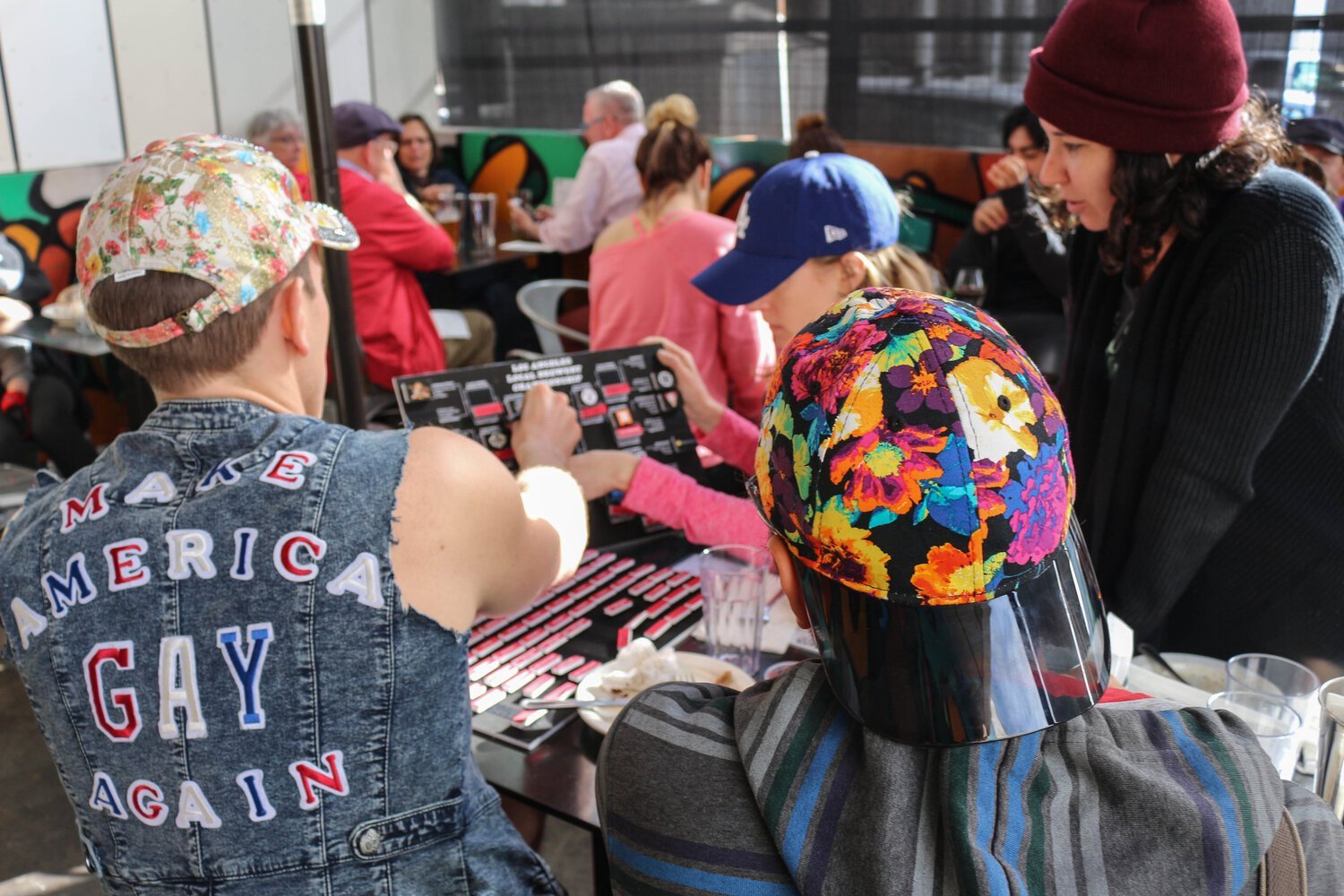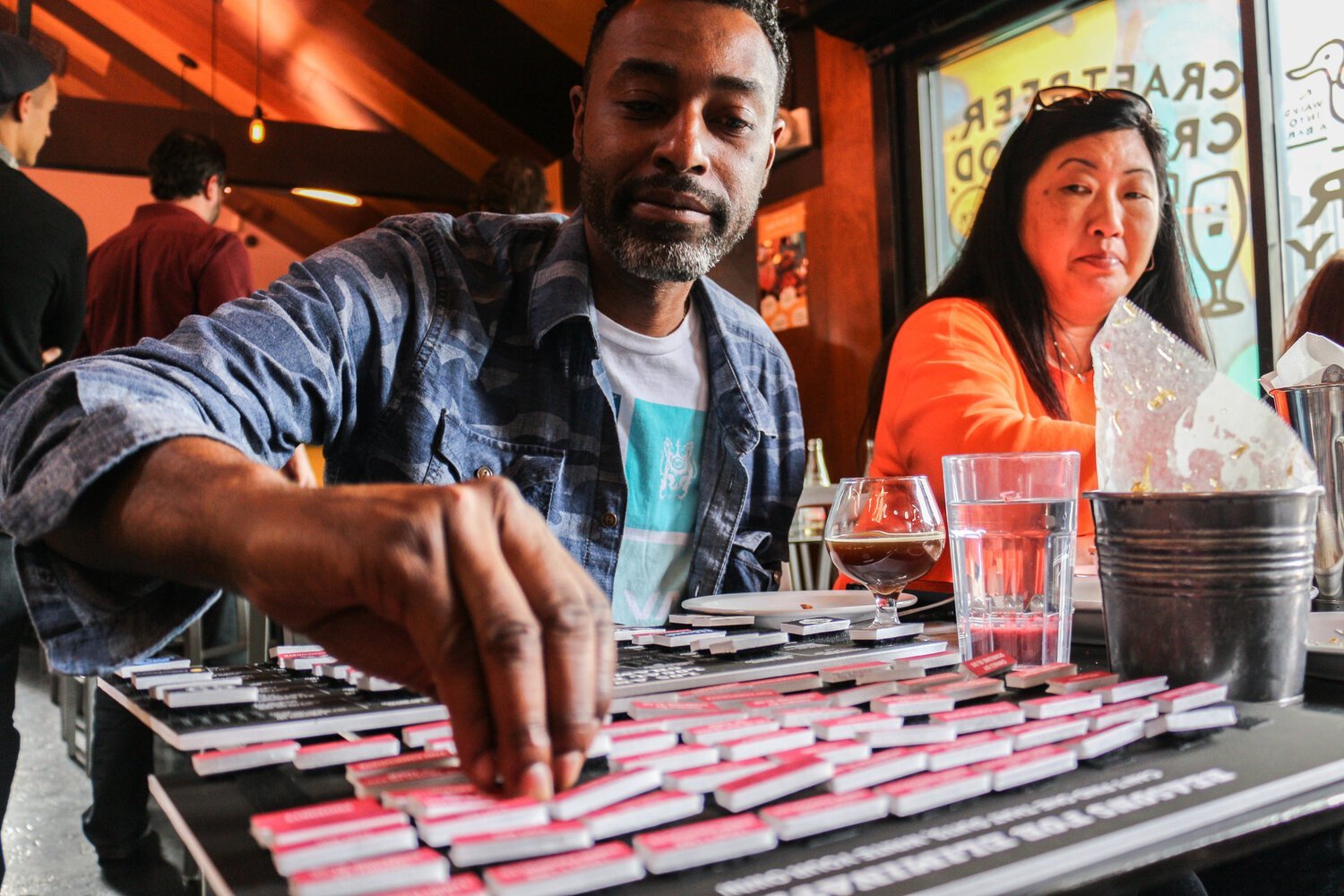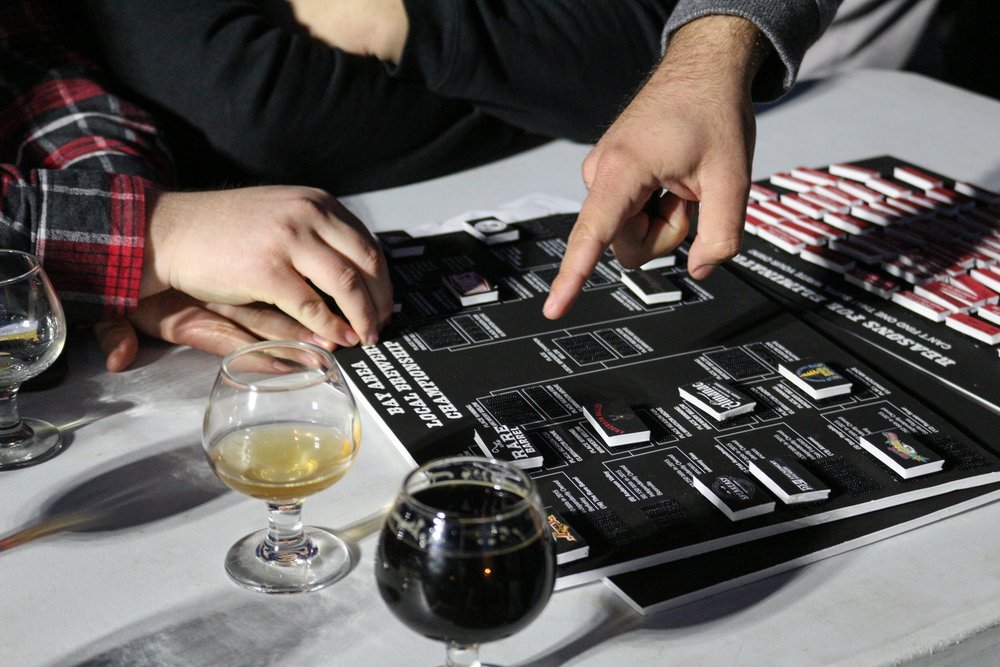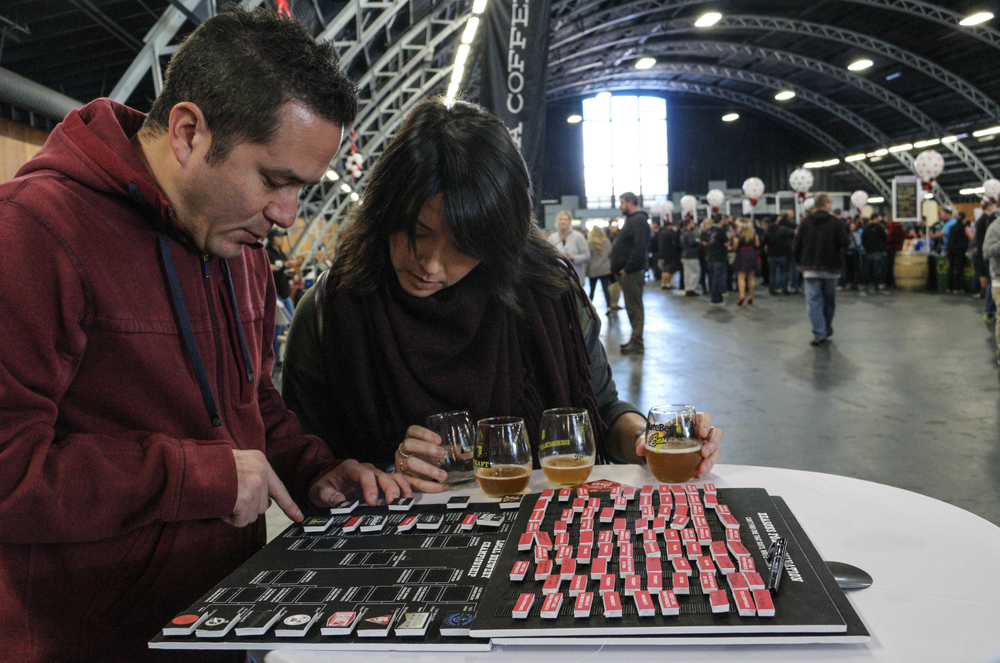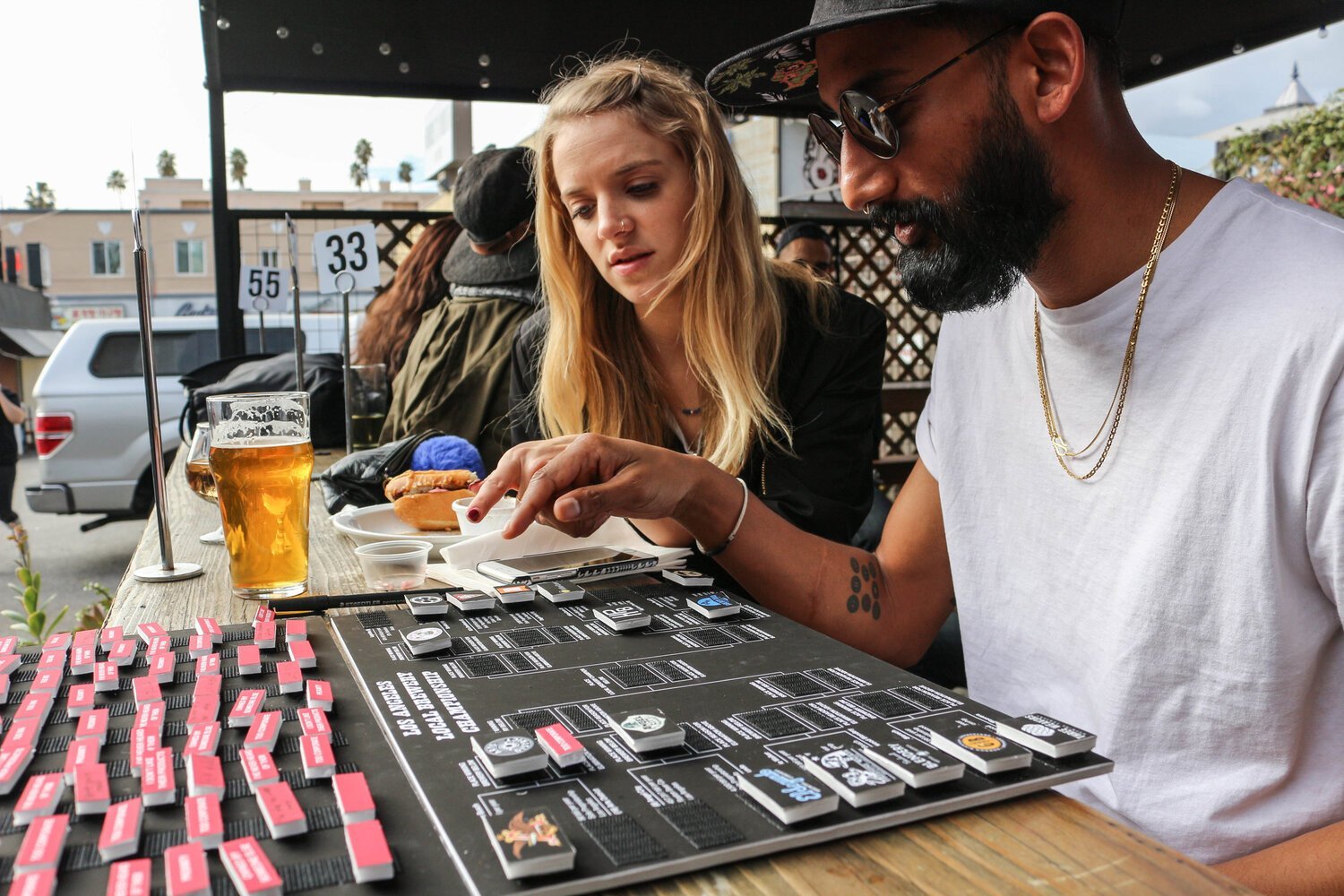BAR OF THE RESISTANCE
Speculative Design & Activism
Bar of the Resistance is a suite of postcolonial designed objects informed entirely from user research and advocacy. Using pre-existing media within bar and brewery settings, these prototypes serve as both information exchange and speculative commentary set within an activist art context.
Areas of Focus
Postcolonial, Ethnography, Speculative Design, Participatory Design, Cultural Activism & Resilience
Methods
Participatory Research
Concept Testing
Qualitative Research
Quantitive Research
Mixed Methods
Wizard of Oz Prototyping
Guerilla Testing
Attitudinal Method
Behavioral Method
Guerilla Testing
Contextual Inquiry
Field Studies
Year
2017
Collaborators
Uri Davillier
Mike Milley
Anjuli Sethi
RJ Sakai
RESEARCH FRAMEWORK
-
This case study uses the historical contexts of colonialism, cultural hegemony, postcolonial and neolocalism as a lens to view and interpret the power dynamics between the U.S. Corporate Beer Culture and U.S. Craft Beer Culture.
-
This form of colonialism however takes on a new face. Rather than a mere individual as the colonizer, it’s the branding and identity of products in the world’s commercial and capitalist spheres that have replaced colonizing humans.
-
Common tactics of European colonizers were to relentlessly observe, meticulously codify, and ultimately control Non-Europeans cultures (i.e. Knowledge as Power). Flipping this notion on its head, members of the craft beer community
I identified as ‘Craftivist’ use knowledge as a means of enhancing consumer consciousness and activating cultural resilience within their communities.
Through social media analysis, the fervor of the Craftivist subculture emerged. Members used platforms like Twitter to galvanize their communities, sharing calls-to-action and promoting cultural awareness against corporate influence. -
Driving the postcolonial approach even further through speculative design, Craftivists distribute repositioned media within bar and brewery settings as tools of art activism and neolocalism.
CULTURAL
DEMOGRAPHICS
-
Heterogeneous Subculture
Ethos: Passionate, loyal beer drinkers; advocates for locality, unique identity, and authenticity.
Motivations: Desire to educate their community; view knowledge as empowerment; support for local breweries.
Pain Points: Deeply affected by corporate acquisitions; resistant to corporate influence; perceive shifts in product and culture post-acquisition.
-
Heterogeneous Culture
Ethos: Community-focused, hand-crafted versus mass-produced, value connection to local brands.
Motivations: Seek authentic experiences; enjoy unique, local products; value a strong sense of place.
Pain Points: Concerns over local breweries selling out; wary of corporate involvement; some may lack awareness of corporate acquisitions.
-
Homogeneous Culture
Ethos: Commercial and profit-driven, global reach, prioritizes brand expansion.
Motivations: Profit maximization, market control, large-scale production for mass reach.
Pain Points: Struggles to replicate craft culture; potential quality decline with mass production; requires stakeholder buy-in post-acquisition.
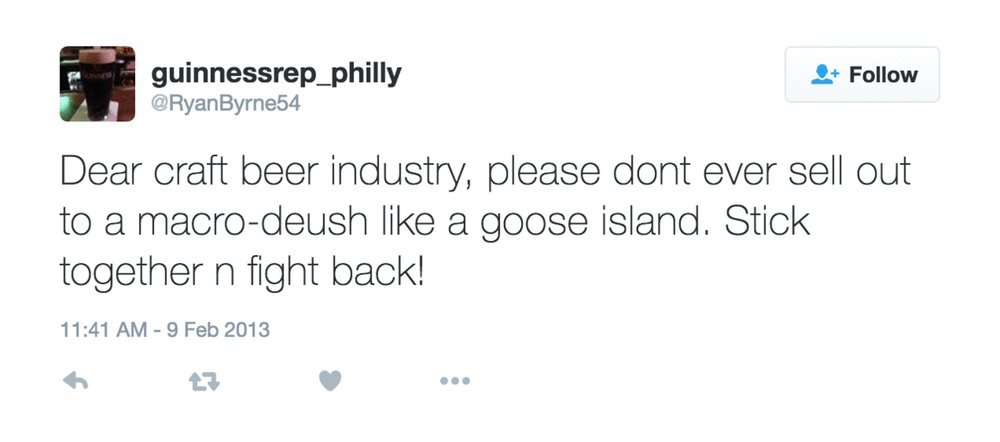

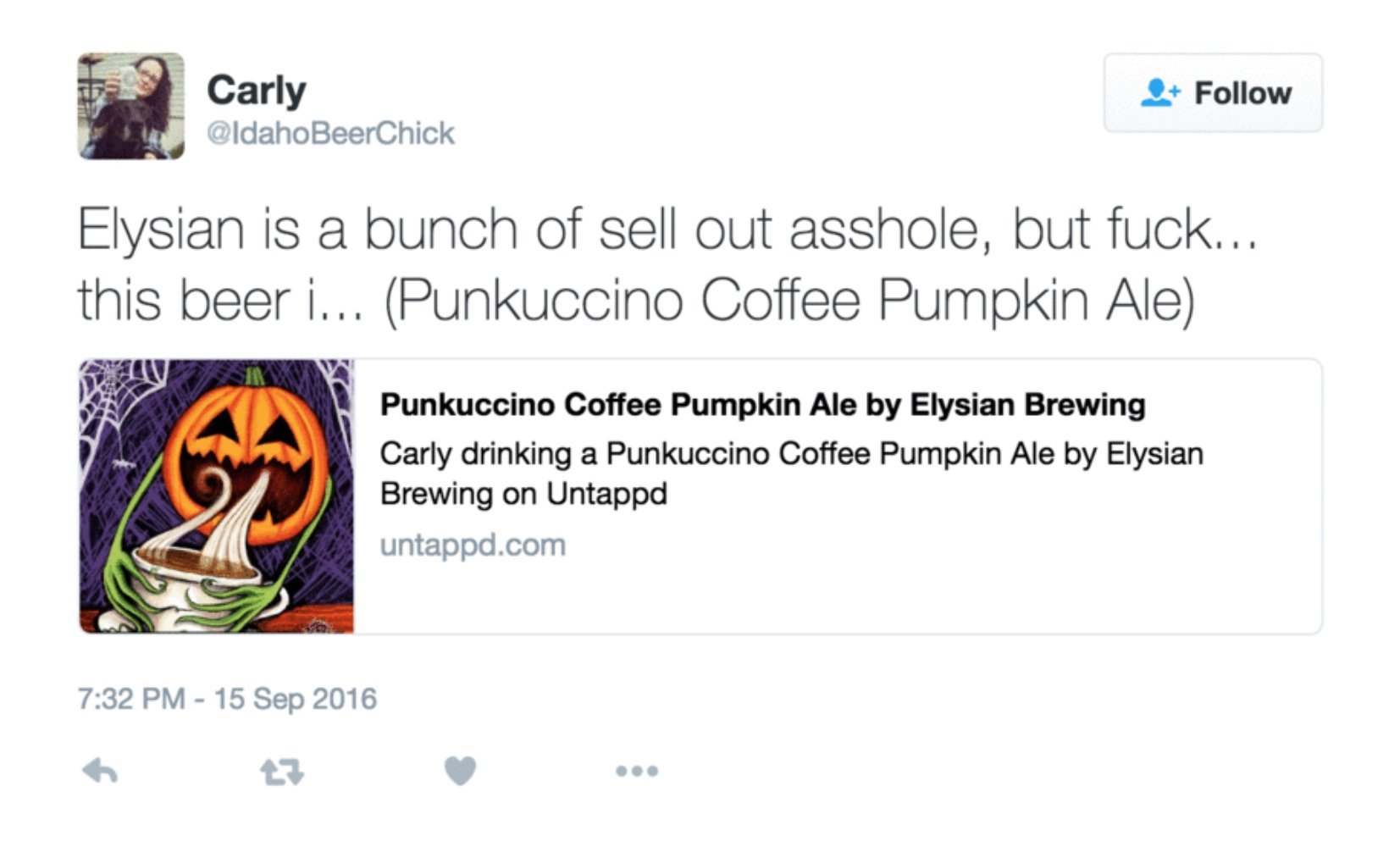
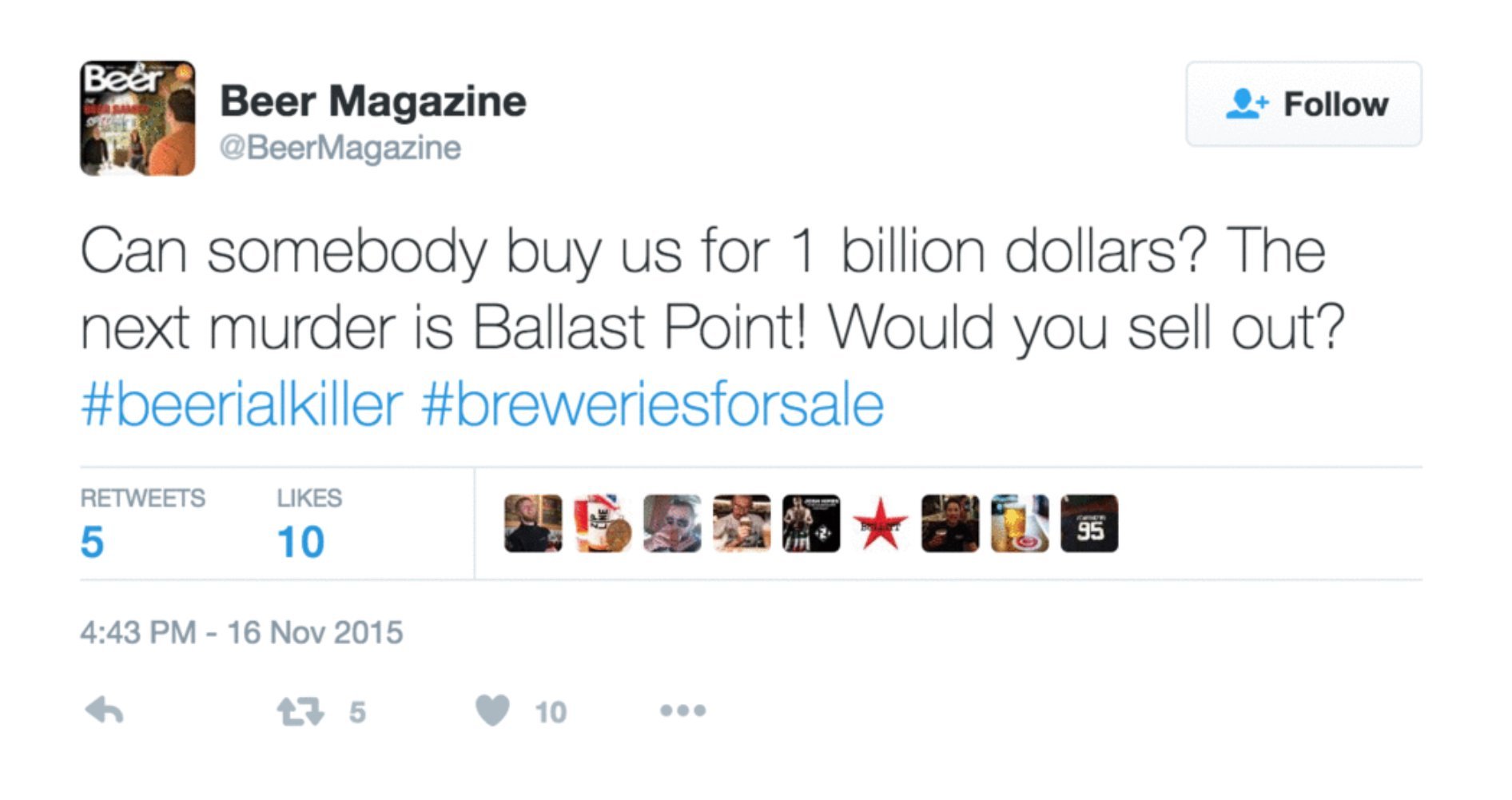
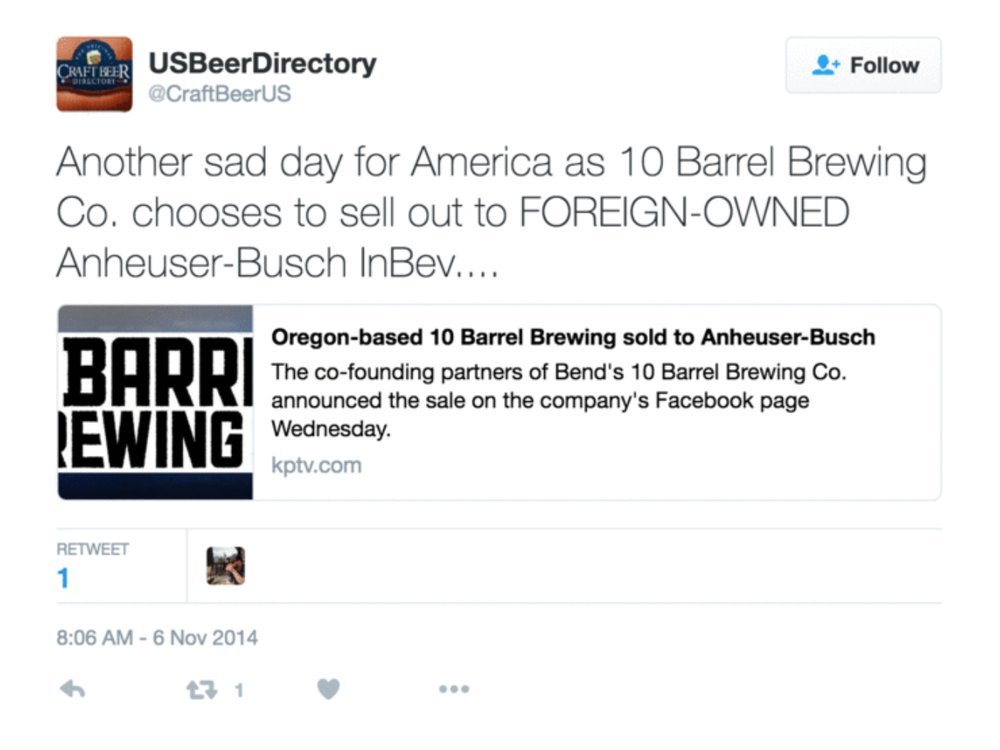

ACTIVISM
BY DESIGN
SPECULATIVE PROTOTYPES
Using pre-existing media within bar and brewery settings, theses prototypes are a speculative repositioning of that same media but set within an activist art framework.
Artwork is planted by Craftivists within a guerrilla context by leaving art in public places (i.e. beer bars & tap rooms) to serve as cultural commentary and conversation objects.
-
This collection of glassware demonstrates the visceral convictions Craftivists feel toward Craft Breweries that sell out to Corporate Breweries by purposefully deterring drinkers from consuming craft beer that is now owned by corporate conglomerates.
-
Using typography to mirror the convolution that takes place during Corporate acquisitions of Craft Breweries, the backs of each coaster detail the Corporate Beer Industry’s tactics around the misinformation and misconduct that transpire when attaining Craft Breweries.
-
This conversation piece reflects the indiscernible beginning and end of Corporate-owned Craft breweries post-acquisition.
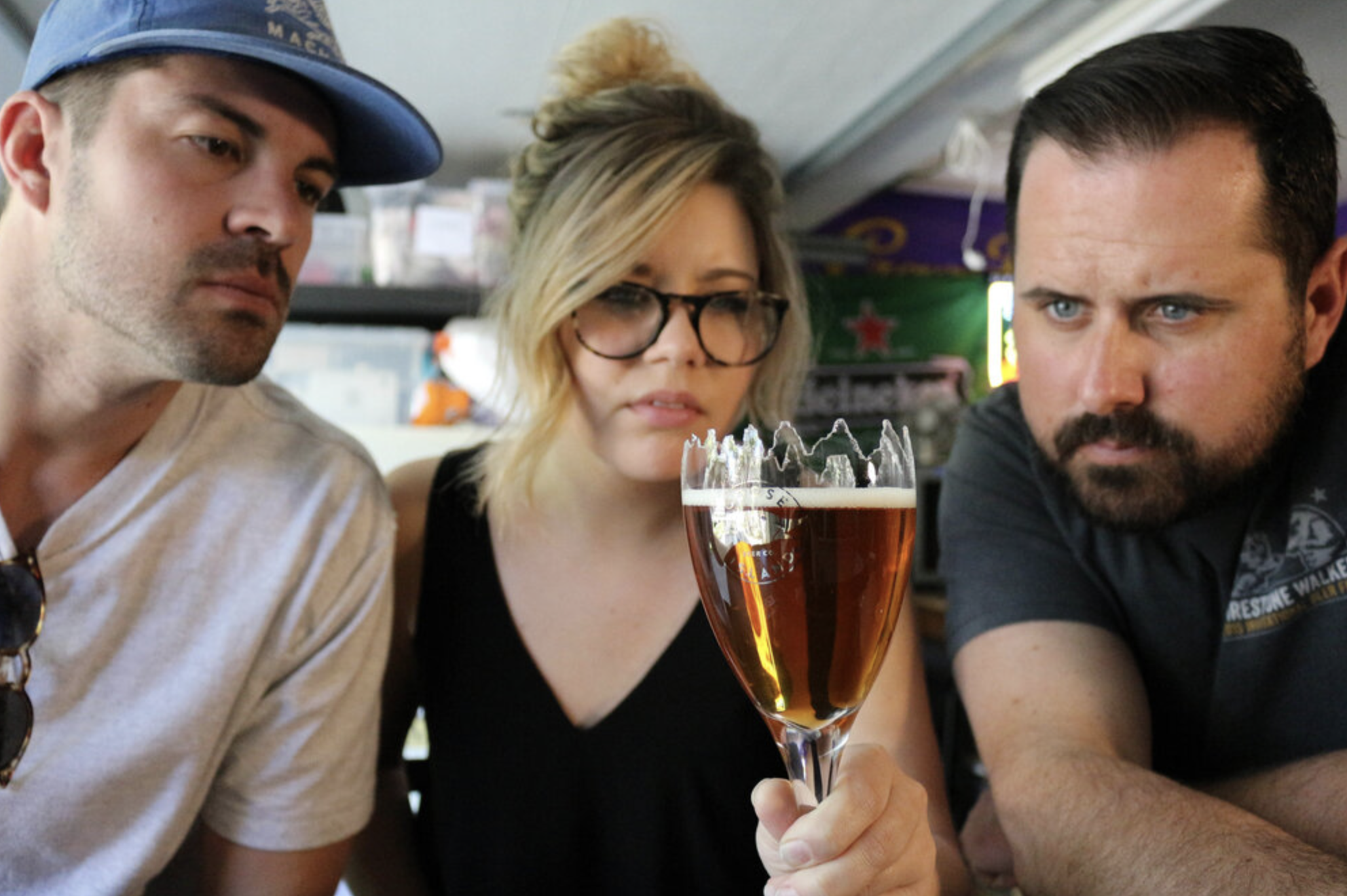
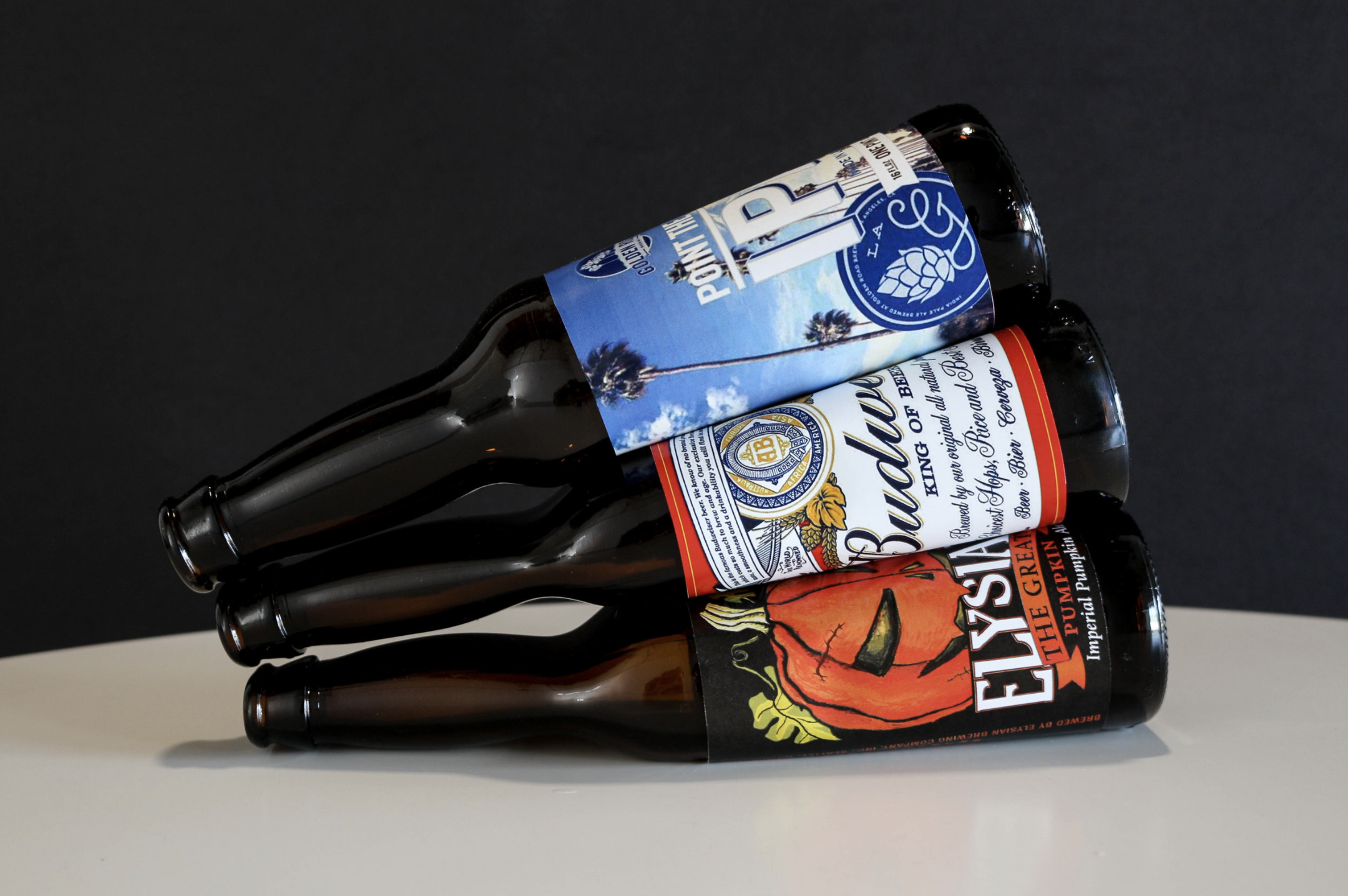

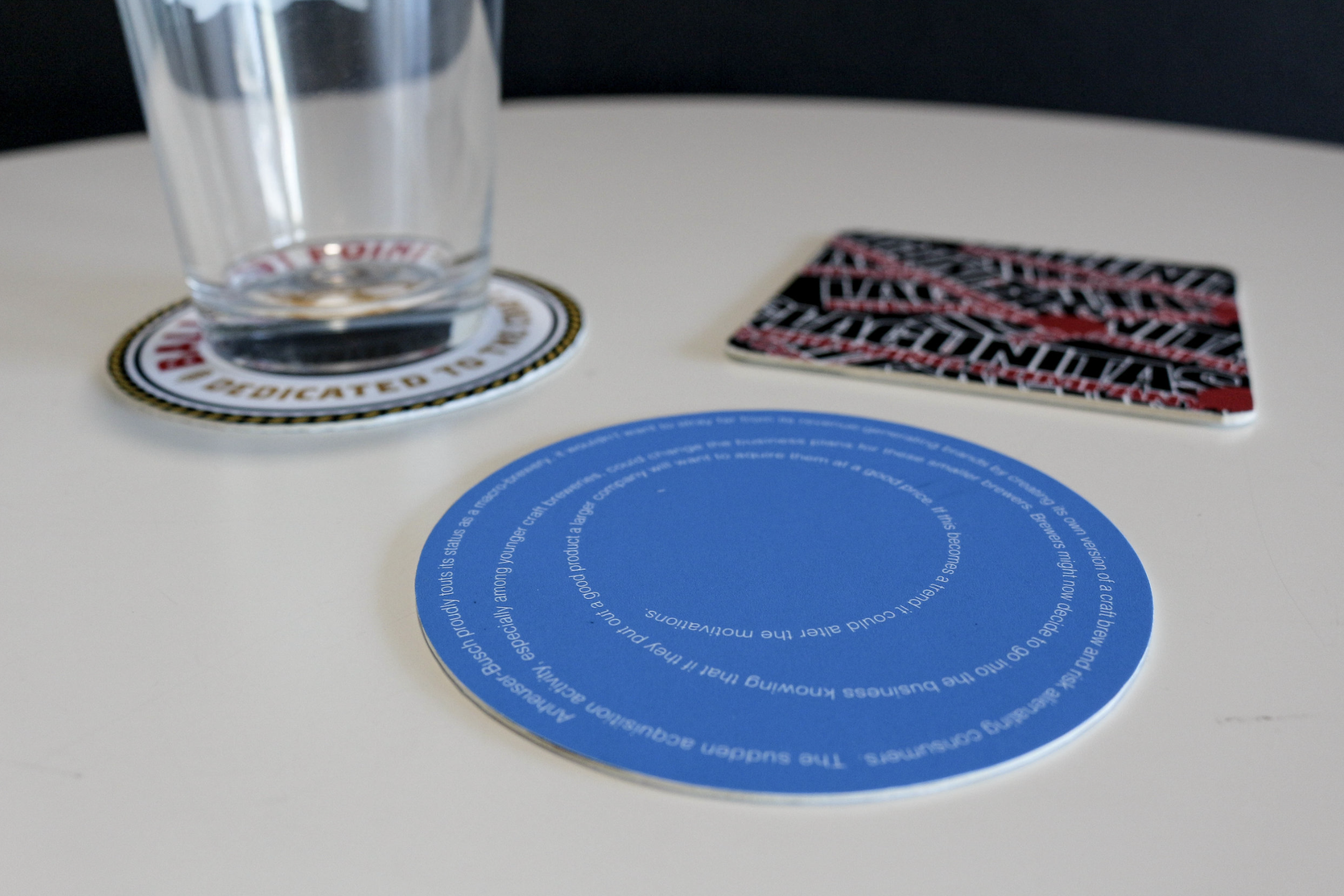

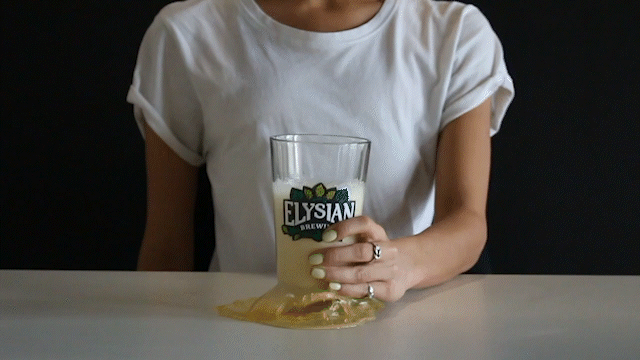
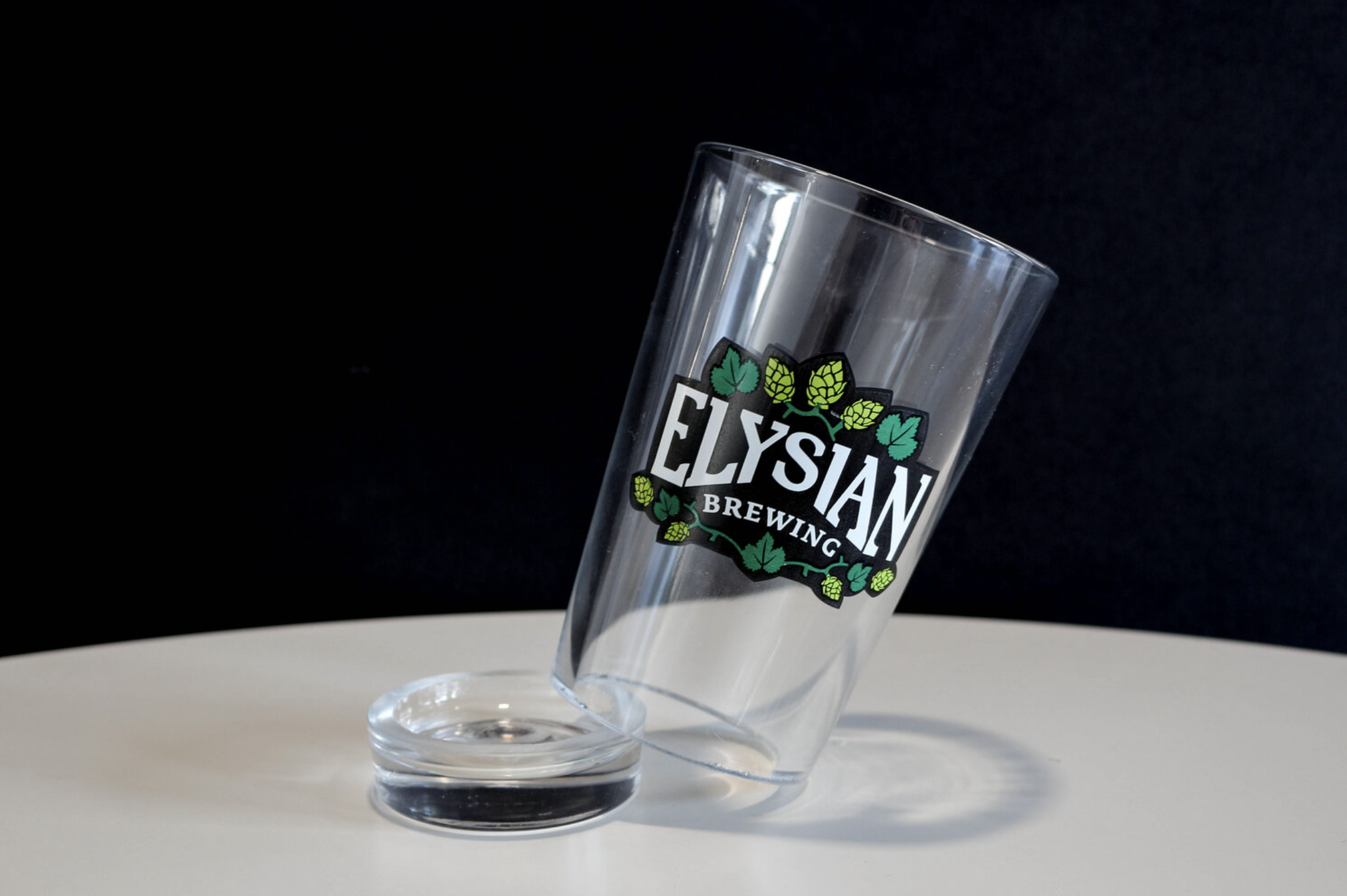
BREWNOPOLY
Board Game as a metaphor for navigating the Beer Industry
A subversive spin on a classic board game critically explores craft brewers that sell out, corporate brewers that buy out, and pay to play and the illusion of choice tactics. The game postulates that corporate brewers aren't perhaps the only sinister players in the game (i.e. industry).
-
Rolling the six-sided at the start of the game determines whether game players (i.e users) are either a corporate brewer or craft brewer.
The game’s street properties reflect existing brewery and beer pub locations of both Corporate Brewers and Craft Brewers.
The Chance and Community Chest cards oppose the notion that the only Corporate Brewers will inherently win the game.
The cards allow for players to reflect on how easy or natural it can be to compromise within the industry.
-
Participants became aware of the how effortless and quickly it can be to comprise attributes such as locality, staying small and not expanding due to the games objectives.
Participants discovered the more breweries and expansion on the board – the higher your chances will be at winning the game.
The subversive underpinnings within the game’s overall design enticed dialogue among participants around the convoluted nature of the beer industry.
For several participants, it became quite natural to mirror the colonizing motives and characteristics that are very much in opposition to their own craft communities values.
Ultimately, the goal of the game is to win, which reflects the same motives of many corporate breweries to obtain mass acquisitions and control over the industry.



INFORMATION
EXCHANGE
KNOWLEDGE IS POWER
Craftivists use game play to empower and enable others in their community by remaining culturally conscious about what they consume and who they support. These gamified prototypes were tested within multiple contexts: breweries, beer bars, beer conferences, beer festivals, beer shares and social events.
Various research methodologies including Field Studies, User Interviews, Mixed Methods, Participatory Action Research, Contextual Inquiry and Usability Testing were implemented to gain a deeper, authentic and holistic understanding of the craft beer community.
WHO OWNS WHO
Card Game Bracket exploring Ownership & Allegiance
This card game interrogates themes of ownership, convolution and the notion of true authenticity vs. manufactured authenticity within both corporate beer cultures.
-
Each card features a craft brewery on one side and the other reveals the truth owner of the brewery.
Players were asked to draw a card and flip it to discovering the brewery’s owner.
Players were asked to place their drawn card into one of two envelopes that reflected either their Support or Non-Support after learning the true ownership.
-
Various participants were in complete shock over the true ownership of craft breweries. Users who has supported that brewery after discovering who owned them vowed to never drink or buy their products again.
Several participants began evangelizing the ownership discovery to friends and social circles that were nearby who hadn’t been playing the game.
This organically grew the data set as more and more participants expressed a desire in wanting to play to learn who actually owned who.

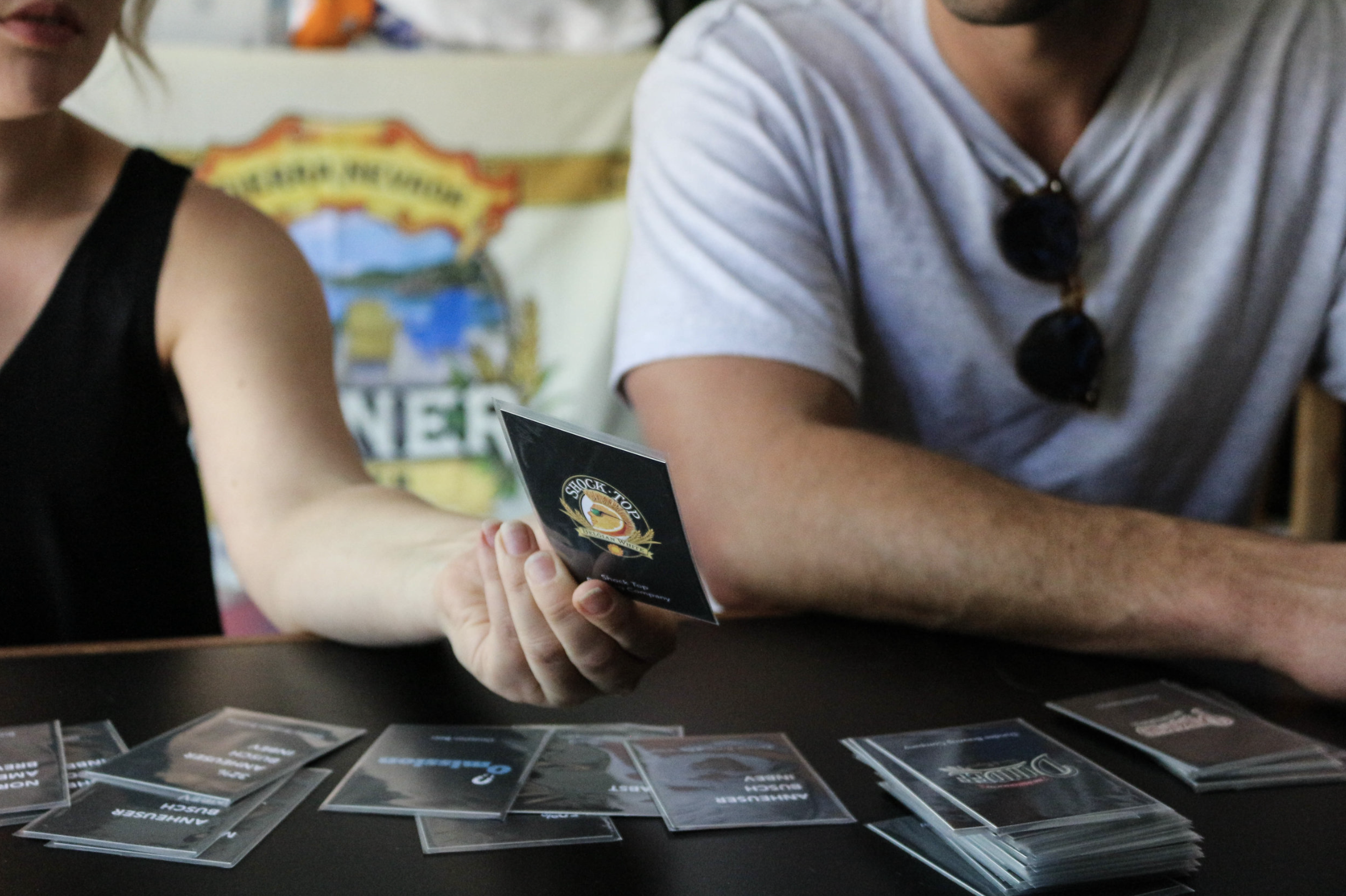
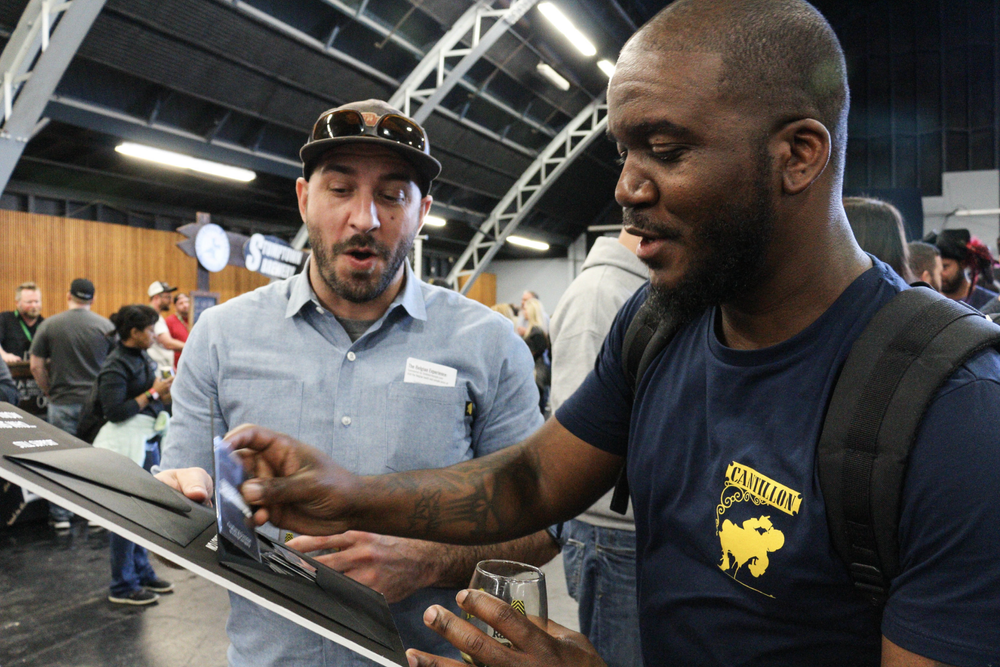
LOCAL BREWERY BRACKET
Tournament Bracket meets Neolocalism
This game bracket repositions choosing locality through the lens of competition. Featuring a ‘Reasons for Elimination’ component that enables users to choose from either provided reasons (i.e. data) via former users/players or they have the option to contribute their own reasons.
-
The bracket includes 16 breweries (corporate, local, and corporate-owned craft). Each has stats on ownership, annual production, and location.
Players advance preferred breweries through each stage until a winner is chosen. When eliminating a brewery, they select a reason from existing options or add their own.
Options:
Use reasons from other players (community input).
Submit a personal reason for elimination to express their views.
-
By way of co-design, participants submitting ‘Reasons for Elimination’ served as a great first hand source of data.
Participants engaged in rich dialogue that transpired from game play about what they each defined as “local” and why it’s important to them therein influencing spending behaviors.Submitted Reasons (Sample):
“Too Corporate”
“Owned by Someone Else”
“Too Big,”
“Proximity”
“Beer Preference”
“Gentrified”
“Dishonest”
“Seasonality”
